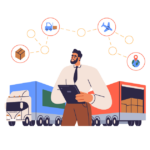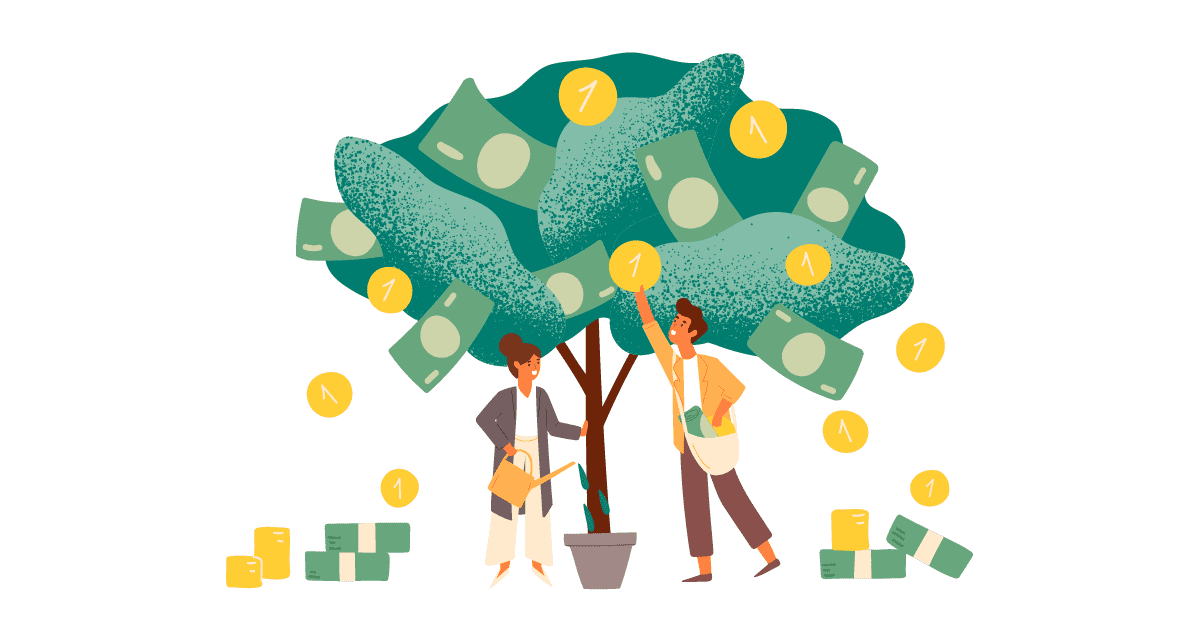- Guest Contributor
- April 2, 2021
Online grocery shopping soared in response to social distancing and pandemic precautions. Before the pandemic, most people drove or walked to a grocery store. After the pandemic started, nearly 80 percent started ordering groceries online. Some even used drivers via apps to deliver their groceries. While grocery shopping and the gig economy may not have been the pandemic partnership you expected, it doesn’t look like the two will part any time soon.
The pandemic changed how shoppers got their groceries
Grocery lines, operating hours, in-stock products and safety protocols were all in flux in the past year. For many, it was too risky to go into a crowded place like a grocery store. So, the demand for grocery apps and delivery grew.
Curbside pick up and grocery deliveries were two attractive options for safe and savvy shoppers. People could do their grocery shopping online and have someone deliver their groceries right to their front door. Because these were services weren’t always previously offered, companies had to find a quick solution to the rising demand.
Gig apps hired gig workers to meet demand
Companies started hiring in-store shoppers, curbside pick up workers and delivery people. Some grocery stores hired regular hourly workers as shoppers, but many opted to hire gig workers instead. Grocery shopping and the gig economy came together to solve a new demand.
For this form of gig work, you didn’t need much experience to succeed. In-store shoppers work from a grocery list provided through grocery shopping apps. Since customers specified what they wanted through services like Stop & Shop and Food Lion, gig workers just had to ensure each order was complete before moving onto the next.
When home delivery became more popular, gig apps adapted to include home delivery for a wider variety of grocery stores. Drivers who may have done work for other gig apps like UberEats, DoorDash and Grubhub now had several other options for delivery.
The gig economy was suddenly infused with more gig jobs and, as demand rose, more gig workers. Many people got used to the convenience of someone else doing their shopping and delivering groceries. In response, stores and companies will most likely continue to need people to fill those roles.
About the Author: Cheryl Bowman has been writing on various topics since 2007. She writes on many topics, including pets and food. Her specialties are legal and automotive as she worked in both industries. Cheryl’s legal specialties are bankruptcy and family law. She also writes about criminal law and civil cases such as personal injury and real estate. You can find Cheryl on Writer Access.










